HamSCI Workshop 2024
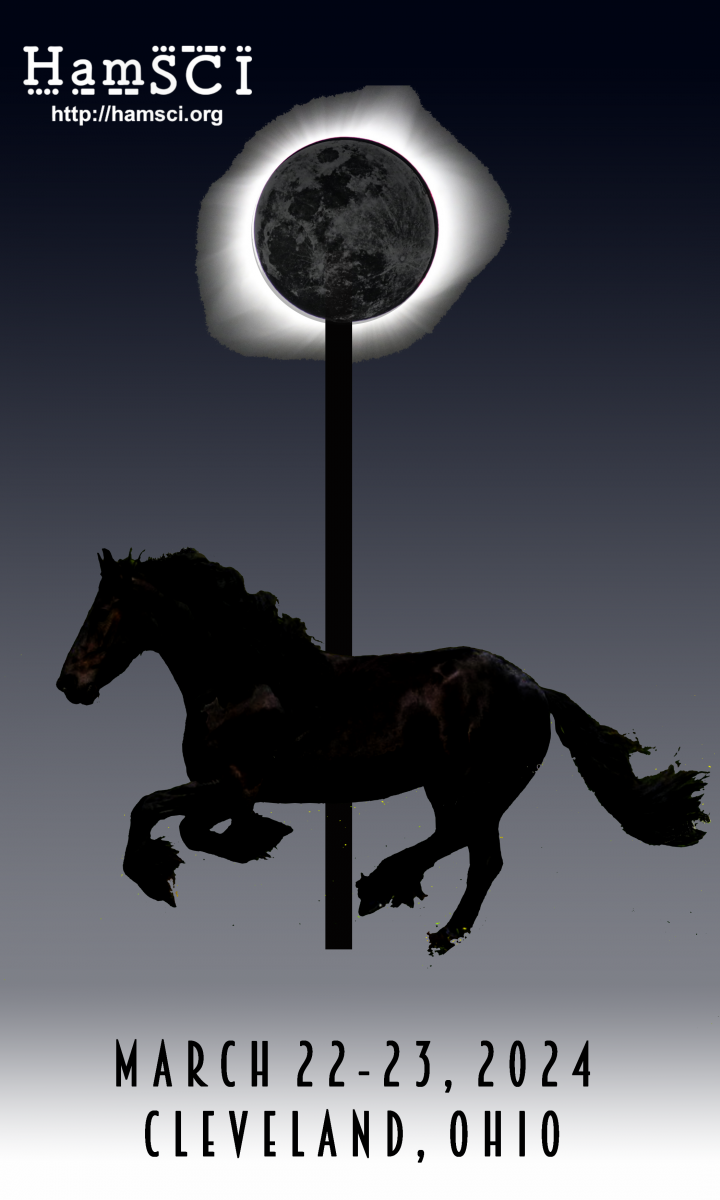
Come join HamSCI at its seventh annual workshop! The workshop will be held March 22-23, 2024 at Case Western Reserve University in Cleveland, OH and seeks to bring together the amateur radio community and professional scientists. Anyone interested in this workshop is invited to join.
The workshop will focus on the theme of Alignments - between the Sun, Moon and Earth; between collegiate amateur radio recreation and STEM curriculum; between data collection and analysis; between professional and citizen science. We are preparing for the solar eclipse of 8 April 2024, for which Cleveland will be in totality.
Workshop Agenda
YouTube Recordings of 2024 Workshop
Workshop Photo Album
Program
HamSCI's chief area of interest is the use of amateur radio techniques for the characterization and study of ionospheric phenomena such as traveling ionospheric disturbances, sporadic E, response to solar flares, geomagnetic storms, the 2024 total solar eclipse other space weather events. In order to facilitate this science, continued development of the HamSCI Personal Space Weather Station and discussion of integration of amateur radio into the collegiate curriculum will also take place. We will also accept presentations relating to amateur radio and science, particularly space and atmospheric science, space weather, and radio astronomy.
Friday Keynote: Dr. Scott McIntosh, "On Final Approach To Solar Maximum: Testing A Hypothesis In Real Time"
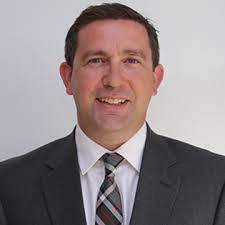
Abstract: A bit more than ten years ago we made a discovery. We identified, and then archaeologically re-identified, a relationship between magnetic objects on the Sun at a range of spatial scales and the Sun's 22 year Magnetic (or Hale) Cycle. That pattern (unfortunately) is called the "extended solar cycle". Further, that investigation identified a specific event that occurs at the very end of Hale Cycles, the 'terminator,' as being a critical component NECESSARY to explain how the Hale Cycle shapes the Sun's 11(-ish) year activity cycle. Fast forward a decade and we have successfully identified the terminator events going back beyond the earliest photography of the Sun (1860) to the mid-eighteenth century. Those 24 events permitted a forecast of Sunspot Cycle 25 to be made. That forecast became a 'litmus test' for what we understand about the solar activity cycle and the mechanism that generates and sustains the Sun's large-scale magnetic field. Why? Because the forecast we arrived at was 100% greater than that resulting from an assessment of the spectrum of models and forecasts in the community. We have been testing our hypothesis of the Sun's magnetism in real time since 2019. In this presentation we'll discuss the present status and talk about where things could go from here.
Biography: Scott McIntosh is the deputy director of the National Center for Atmospheric Research (NCAR) and the former director of NCAR's High Altitude Observatory (HAO). McIntosh received his First Class Honors Degree in mathematics and physics and his Ph.D. in astrophysics from the University of Glasgow, Scotland. His research in the field of solar physics has focused on three main areas: the detection and impact of magnetohydrodynamic waves; the detection and understanding of ultraviolet and extreme ultraviolet radiation; and understanding the decadal evolution of the solar plasma. McIntosh has authored or co-authored over one hundred and fifty articles in peer-reviewed journals, with fifty-two as first author, including twelve high-profile papers in journals like Nature and Science. His current “H- index” of forty-four [>8,200 citations] covers subjects in solar physics, space weather research, atomic physics, and instrument development. Recently McIntosh has examined the evolution of ubiquitous emission and magnetic features in the Sun’s outer atmosphere that demonstrate a clear link to the processes which drive the quasi-periodic appearance of sunspots. Monitoring the evolution of these features can help us understand how the Sun’s radiative, particulate and eruptive output modulate on annual, decadal with a real insight into evolution across weekly, seasonal, decadal to the centennial scales that are pertinent to climate through the detection of magnetized Rossby waves in the sun’s interior.
Invited Tutorial: Dr. Kate Zawdie, "High Frequency Raytracing for Studying the Ionosphere and Radio Propagation"
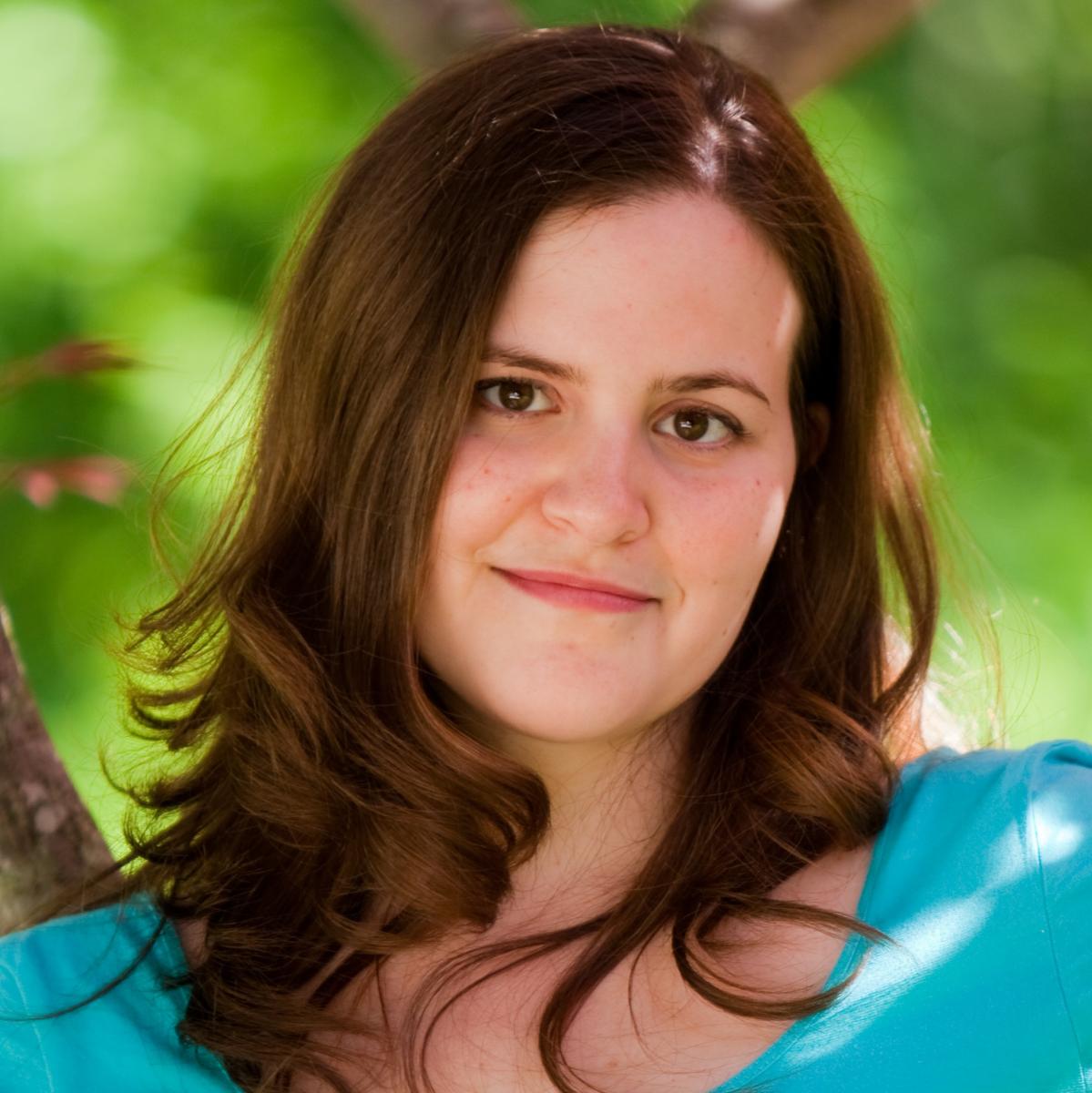
Invited Tutorial: Phil Karn, KA9Q, "The ka9q-radio SDR package"

Meeting Location and Parking
The Friday sessions and Saturday morning sessions will be held in Eldred Hall on the CWRU campus. The Friday evening banquet will be held at the Cleveland History Center. On Saturday afternoon, after lunch, the conference proceedings will continue at CWRU's think[box], a student manufacturing facility and makerspace that is open to the public. Attendees will participate in tours of think[box] facilities; tours of the Case Amateur Radio Club, W8EDU; and an amateur radio licensing session. There will also be time available for breakout sessions and committee discussions. The conference will close on Saturday evening with a screening of Frequency at CWRU Film Society. Tickets to the film are complimentary with a conference badge.
Paid parking is available near each venue. Near Eldred, participants are advised to park in the Veale Garage. Parking for the History Center is available behind the building. When visiting think[box] and the other destinations on the Case quad (W8EDU, Film Society), attendees may park in the Veale Garage and enter think[box] through Veale Center.
Breakfasts, Lunches, and Friday Banquet
Breakfasts, lunches, and coffee breaks are included with registration for both Friday and Saturday. Special dietary needs can be specified when registering.
The Friday Banquet Dinner will be hosted at the Cleveland History Center. Banquet tickets are included with Friday registration. Separate/additional banquet tickets may be purchased as needed.
Lodging
The primary hotel for the HamSCI workshop will be the Cleveland Courtyard by Marriott. Other nearby hotel options include Glidden House and the Tudor Arms Hotel, both within walking distance of the conference. Please ask for the CWRU rate when making your reservations.
Flight Information and Ground Transportation
Easy access to CWRU and the HamSCI meeting is available through the RTA Red Line, which connects directly to Cleveland Hopkins International Airport. If coming from the airport, take the Red Line to the University Circle station (quad) or Little Italy station (Marriott).
Talk-In Frequencies
Every party should have a call-in frequency; if you have an HT, check in en route to ask directions or say hello.
- Primary Simplex: 146.55 MHz
- Secondary Simplex: 432.10 MHz
- Repeater: KD8LDE/R 442.28750 MHz + 131.8 Hz
Film Screening
Don't forget to join us Saturday night at the CWRU Film Society for a screening of Frequency on 35mm film! Film Society is CWRU's student-run movie theater and boasts full projection capabilities in 35mm, 70mm and 4K digital on a 21-foot movie screen with Dolby 5.1 sound. The concession stand offers fresh popcorn, soda and a wide selection of candy at reasonable prices. HamSCI attendees will be provided with free tickets to both screenings of the film (7pm and 9:30 pm). Make sure to catch the trailer reel for a screening of Nathaniel's original short film QLF!
Local Organizing Committee
- Mr. Nathaniel Vishner, KB1QHX, Chair
- Mr. Matthew Canel, KE8NZR
- Dr. Kristina Collins, KD8OXT
- Mr. John Gibbons, N8OBJ
- Dr. David Kazdan, AD8Y
- Mr. Gary Mikitin, AF8A
Science/Program Committee
- Dr. Nathaniel Frissell, W2NAF, Chair, The University of Scranton (Assistant Professor)
- Dr. Kristina Collins, KD8OXT, Space Science Institute
- Mr. Jesse Alexander WB2IFS, NRAO
- Ms. Rachel Boedicker AC8XY, Case Western Reserve University
- Dr. Gareth Perry, KD2SAK, New Jersey Institute of Technology
- Mr. Bill Liles, NQ6Z, HamSCI Community (Diversity Recruitment Chair)
- Dr. Phil Erickson, W1PJE, MIT Haystack Observatory (Director of MIT Haystack Observatory)
- Mr. Gary Mikitin, AF8A
Questions?
If you have questions, please e-mail hamsci@hamsci.org. Logistics questions will be directed to Nathaniel Vishner KB1QHX (216-368-4580) and science/program questions will be directed to Nathaniel Frissell, W2NAF (973-787-4506).
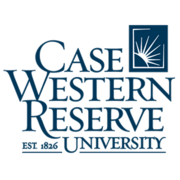 |
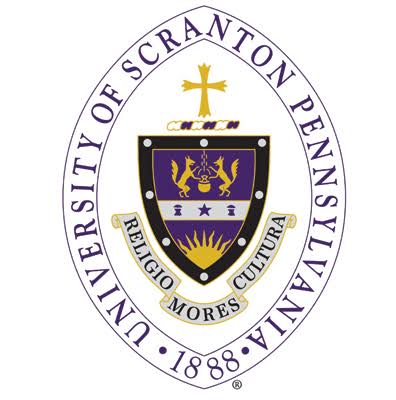 |
|
The 2024 HamSCI Workshop is hosted by Case Western Reserve University in collaboration with the University of Scranton. We are grateful for the financial support of U.S. National Science Foundation Grant AGS-2404997 and Amateur Radio Digital Communications (ARDC).
